I have a problem that looks like this and this but I cannot get what I am after.
I have the following sample dataset:
country_code=c('USA','USA','USA','USA','USA','USA','CHN','CHN','CHN','CHN','CHN','CHN')
target_var=c('V1','V1','V1' ,'V2' ,'V2' ,'V2' ,'V1' ,'V1' ,'V1','V2' ,'V2' ,'V2')
VAR= c('X7','X8','X140','X114','X18','X28','X29','X22','X2','X22','X23','X24')
Ranking= c(1 ,2.5 ,2.5 ,1.5 ,1.5 ,1.5 , 1 ,2 ,3 ,1.5 ,1.5 ,3)
df<-data.frame(country_code,target_var,VAR,Ranking)
And I need to convert from a long to wide format for all combinations of country_code and target_var. The twist I was referring to is that I only want to retain the top X VARs by Ranking (let's say 2 for this example), retaining the ties. So the end result of the example dataset will look like:
Please note that for USA the "ties" are retained so instead of the top 2 I get the top 3. The ties could have occurred in CHN instead.
I have tried with a nested loop and rbind, but I am not able to make it work. I also looked at a number of threads re long to wide but the vast majority only "reshape" numbers, not characters, which is what the VARs are. I suspect a dplyr solution is what would make sense but I can't get it work. Thank you
